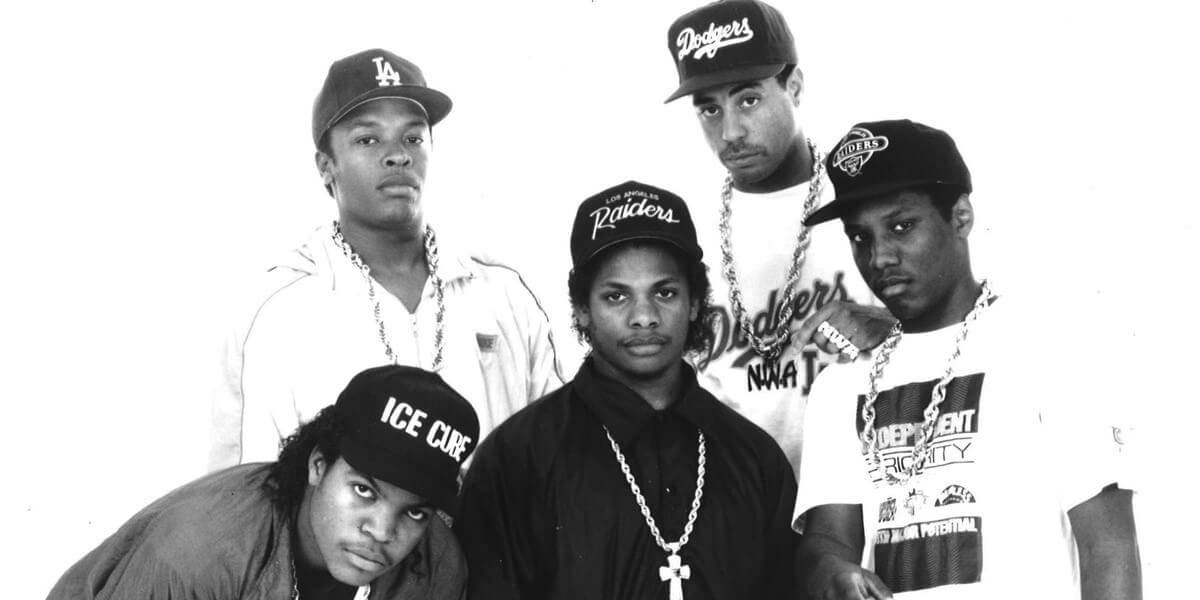
KQED ARTS (SAN FRANCISCO) -- How did Los Angeles gang culture, springing from the particular conditions of a city’s marginalization and violence, become such a defining feature of American pop culture and music? That’s a question San Francisco State University professor and historian Felicia Angeja Viator seeks to answer in her new book, “To Live and Defy in L.A.: How Gangsta Rap Changed America,” out now through Harvard University Press.
Rather than tell the stories behind Tupac and Snoop Dogg’s biggest hits, Viator takes a sociological approach, zeroing in on how economic devastation and militarized policing bred a subgenre whose extreme lyrics were fueled by indigence. In the late ’80s, the period the book spends the most time on, the earliest gangster rap was made for and by black youth who were vilified by the media, government and elders in their own communities.
“These kids who were making music in the ’80s, and may not be active in the gangs but are affiliated because they go to school with gang members, they live in neighborhoods with gang members, they’re stuck between a rock and a hard place. You’re compelled to socialize with gang culture, and then you’re demonized for it,” she says. “So you’re kind of doubly marginalized: you’re marginalized by outside society that sees you as a criminal, and you’re also marginalized within your own community.”